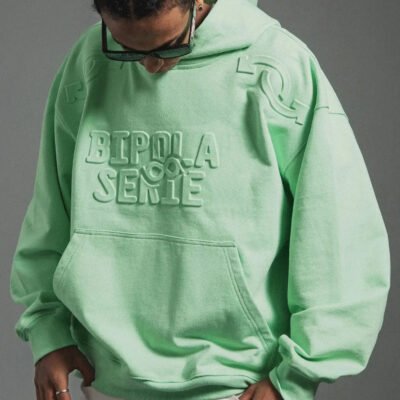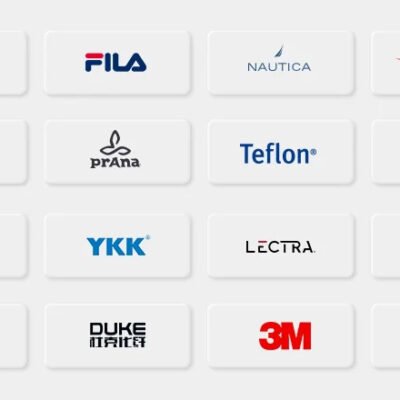The Hoodie Production Process: From Design to Final Product
Producing a hoodie involves multiple steps, from conceptualizing the design to the final product ready for distribution. Below is a comprehensive overview of the hoodie production process:
1. Design and Planning
- Concept Development: The process begins with brainstorming and sketching the hoodie’s design. This includes deciding on the style (e.g., pullover or zip-up), features (e.g., pockets, drawstrings), and overall aesthetic (e.g., color schemes, graphics, logos).
- Technical Specifications: Once the design is finalized, detailed technical drawings are created. These include precise measurements, seam placements, and material specifications. A tech pack is often developed, which serves as a blueprint for production.
- Material Selection: The choice of fabric is critical. Hoodies are typically made from cotton, polyester, or a blend of both. The material is selected based on factors like comfort, durability, and intended use (e.g., athletic vs. casual wear). Other components like zippers, drawstrings, and ribbing are also chosen.
2. Pattern Making
- Creating the Pattern: A pattern maker translates the design into a set of patterns, which are templates used to cut the fabric. These patterns include all the pieces needed to assemble the hoodie, such as the front and back panels, sleeves, hood, and pockets.
- Grading: The patterns are graded to create different sizes of the hoodie. Each size will have its own set of patterns, ensuring a consistent fit across all sizes.
3. Sampling and Prototyping
- Sample Creation: A prototype or sample hoodie is created using the finalized pattern and selected materials. This sample is used to check the design’s fit, functionality, and overall look.
- Review and Adjustments: The sample is reviewed for any issues. This could involve checking the fit, comfort, and whether the design translates well into a physical product. If necessary, adjustments are made to the pattern or materials, and a new sample may be produced.
4. Fabric Cutting
- Fabric Preparation: The chosen fabric is prepared by laying it out in multiple layers, often using large cutting tables. Depending on the scale of production, this may be done manually or using automated machines.
- Cutting the Fabric: Using the patterns, the fabric is cut into the individual pieces that will be sewn together. Precision is key here, as accurate cuts ensure a well-fitting final product.
5. Sewing and Assembly
- Assembly Line: The cut fabric pieces are sent to the sewing department, where they are assembled. The process typically follows these steps:
- Joining the Panels: The front and back panels are sewn together at the shoulders and sides.
- Attaching the Sleeves: Sleeves are sewn onto the body, either set-in or raglan style, depending on the design.
- Adding the Hood: The hood, often made from two fabric pieces sewn together, is attached to the neckline.
- Inserting Pockets: Kangaroo or side pockets are sewn onto the front of the hoodie.
- Finishing Touches: The cuffs, waistband, and any additional details (like drawstrings or zippers) are attached.
6. Quality Control
- Inspection: After sewing, each hoodie undergoes a thorough quality inspection. This includes checking seams, ensuring there are no loose threads, verifying that all components are securely attached, and confirming that the hoodie meets the original design specifications.
- Corrections: If any defects are found, they are corrected before the hoodie moves on to the next stage.
7. Finishing
- Washing and Pressing: The hoodies may be washed to remove any residues from production and to pre-shrink the fabric. After washing, they are pressed to give them a polished look.
- Labeling and Packaging: Labels (brand tags, size labels, care instructions) are attached to the hoodie. The hoodies are then folded and packaged, ready for distribution.
8. Distribution
- Shipping: The finished hoodies are packed in bulk and shipped to retailers, warehouses, or directly to customers.
- Marketing and Sales: Marketing efforts are launched to promote the hoodie, including advertising, social media campaigns, and in-store displays. The product is then made available for purchase through various channels.
9. Post-Production Feedback and Improvement
- Customer Feedback: After the hoodies reach the market, customer feedback is collected. This feedback can provide insights into fit, comfort, durability, and overall satisfaction.
- Continuous Improvement: Based on feedback, the design or production process may be refined for future batches. This could involve adjusting sizing, improving materials, or enhancing certain design elements.








